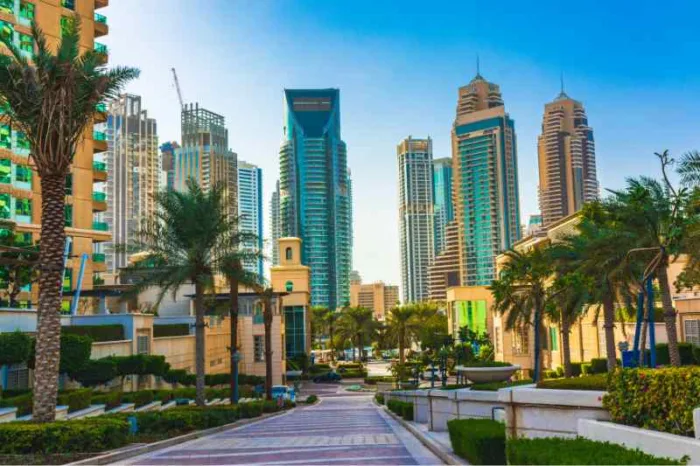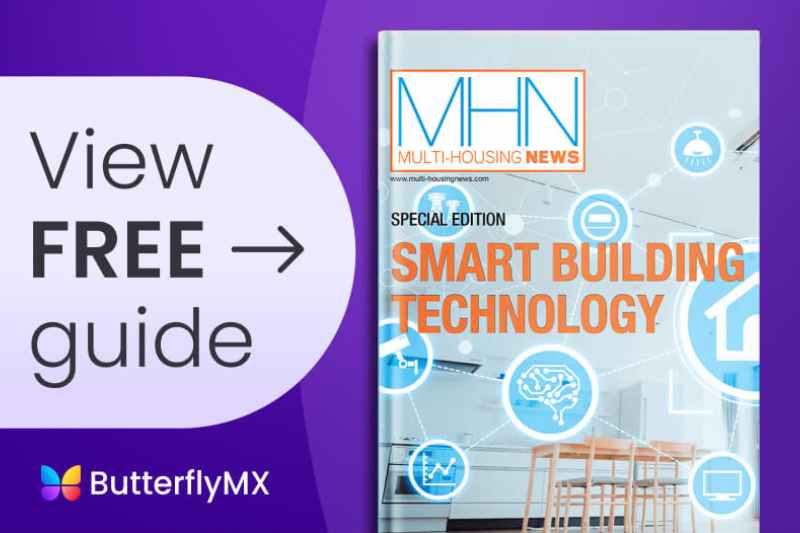Key takeaways
- Sustainable architecture is a design strategy that you can use to increase your building’s efficiency while reducing your carbon emissions.
- The benefits of sustainable architecture include its environmental benefits, reduced utility costs, and appealing to residents.
- Sustainable design strategies include investing in solar panels, managing stormwater, and solar panels.
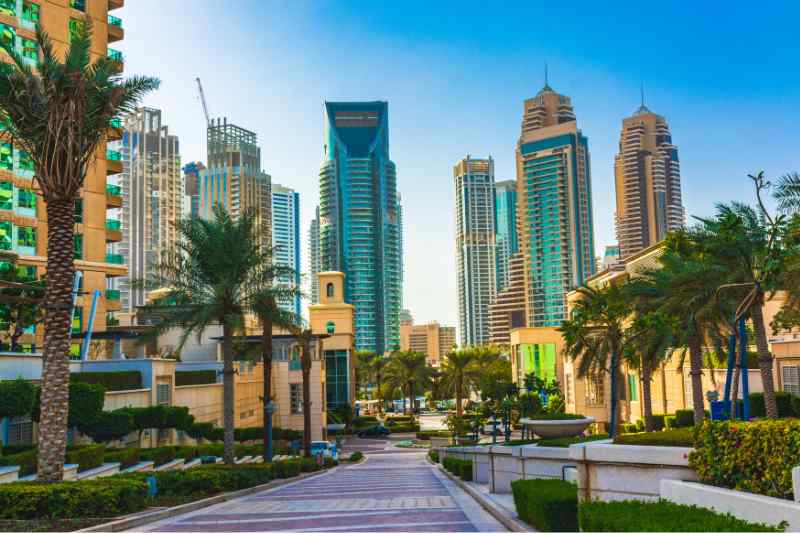
One of the latest trends taking architecture and design by storm is sustainability. Across the globe, new properties are being built with sustainability in mind, and existing properties are exchanging old technology for greener, more efficient systems — but where does your property come in?
In this post, we explain what sustainable architecture is and go over its benefits. Then, we list some technologies that will help you embrace sustainability.
This post covers:
- What is sustainable architecture?
- Benefits of sustainable architecture
- 5 sustainable architecture technologies
What is sustainable architecture?
Sustainable architecture is a collection of design strategies and technologies that you can embrace to introduce nature and emphasize eco-friendliness on your property.
Lately, sustainability and green living are topics that are increasingly on everyone’s mind. And building owners and investors can make a big impact on the world’s sustainability efforts.
Constructing and operating buildings accounts for almost half of the world’s CO2 emissions — but luckily, innovators are coming to the rescue with new technologies and methods that can increase the built environment’s sustainability.
Learn about sustainable buildings with ButterflyMX:
Benefits of sustainable architecture
Sustainable architecture ideas can help you cut down on emissions while offering surprising benefits for property managers.
The benefits of embracing green building architecture principles include:
1. Environmental benefits
As part of an eco-friendly architecture push, you might emphasize natural elements like trees, plants, and natural sunlight.
Trees and plants benefit your property by exchanging carbon dioxide for oxygen, removing pollution, and cleaning up the air surrounding your property. They also provide shade and reduce utility costs by lessening the urban heat island effect, which happens when pavement and other man-made structures absorb heat (and increase cooling costs) instead of dissipating it.
2. Reduced utility costs
Helping the environment isn’t just good for the planet — it’ll also positively impact your bottom line.
Sustainable architecture principles can impact crucial building systems like lighting, heating and cooling, and piping. If you use fewer resources by emphasizing efficiency and sustainability, you can pass those savings onto your residents and increase demand for your property.
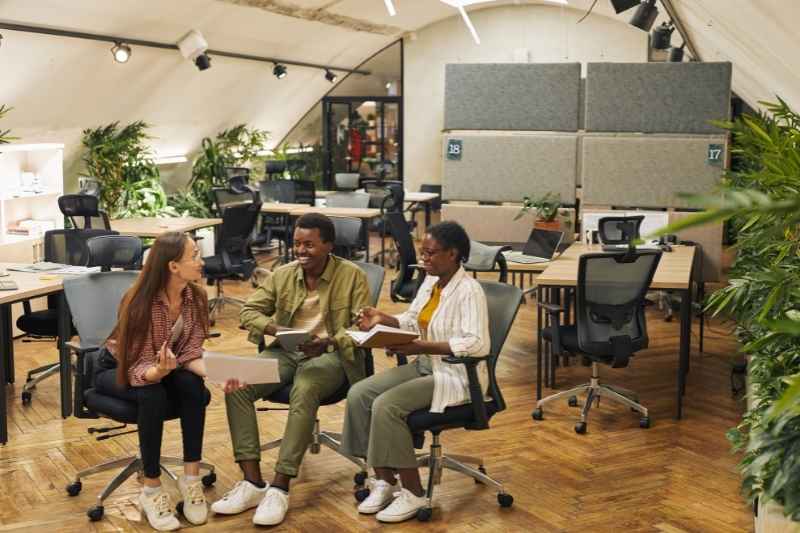
3. Appealing to residents
For younger generations, environmental friendliness is becoming a bigger priority. Millennials and Generation Z are increasingly choosing to shop and buy from companies that go green — and it’s something enterprising property managers should keep in mind while marketing a sustainable property to younger generations.
Additionally, you can show off your reduced utility costs compared to other properties that haven’t embraced sustainability.
5 sustainable architecture technologies
Some sustainable design projects you can invest in are:
- Smart lighting systems
- Solar panels
- Biophilic design
- Mobile access control systems
- Efficient stormwater management
1. Smart lighting systems
A smart lighting system can automatically turn lights on and off across your property, allowing you to save money by eliminating the risk of somebody forgetting to turn the light off.
But that’s not all. By hooking your smart lighting system up to a light-detecting sensor, you can save money by dimming the lights in an area that already has plenty of natural light.
2. Solar panels
Depending on your location and how much sunlight you get, you can get big savings on your utility bills every month.
In fact, solar panels are a great way to showcase how sustainability in architecture can do more than help you be cost-efficient. You might even make money by selling excess power back to your local power grid.
3. Biophilic design
Biophilic design is a design movement that emphasizes natural elements and the psychological and health benefits that come with exposure to nature.
No matter what size your property is, you can embrace biophilic design principles. Your additions can be as small as adding a couple of plants to the lobby to brighten your residents’ day or as major as large landscaping additions that can serve as their own amenity.
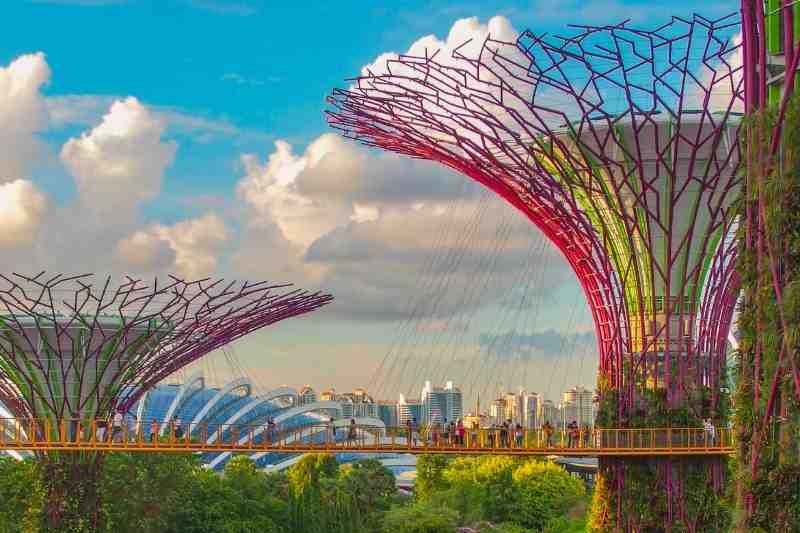
4. Mobile access control systems
A mobile access control system that residents can manage with their smartphone apps will help your residents reduce the number of missed packages and redeliveries they have to deal with.
As online deliveries become more and more popular, cities and towns everywhere are noticing an uptick in congestion because of delivery vehicles. As a property manager, you can do your part to take some of those trucks off the streets by investing in a mobile access control system — and by increasing convenience for your residents, you’ll keep them happy and increase your retention rate.
Choose a mobile access system like ButterflyMX for additional features like:
- Multiple ways to open the door. In addition to our flagship Video Intercom, you can choose between our Card Readers, Elevator Controls, and Vehicle Access stickers to fully fit the unique access needs of your property.
- Visitor Pass functionality. With Visitor Passes, residents can text a QR code to guests or delivery couriers so they can let themselves in at your discretion. It’s an option that increases convenience while maintaining security — after a time, Visitor Passes expire to prevent unauthorized access.
- Integrations with other proptech. We integrate with some of the most popular names in smart locks, property management software platforms, and more. Flawlessly add ButterflyMX to any property’s existing smart technology.
5. Efficient stormwater management
As climate change becomes a reality, more properties must learn how to handle increased levels of rainfall and flooding. Improperly handled, heavy amounts of water can damage your building and force you to spend money on costly repairs.
Luckily, low-impact sustainable architecture principles can help you manage stormwater effectively — and beautify your property as well.
Handle stormwater efficiently with landscaping elements like rain gardens or green roofs. Trees and other plants absorb water instead of leaving it to run into municipal storm drains, which increase the risk of a town- or citywide flood.
